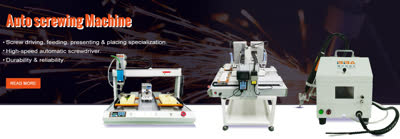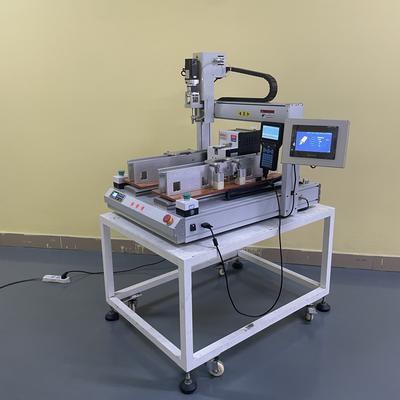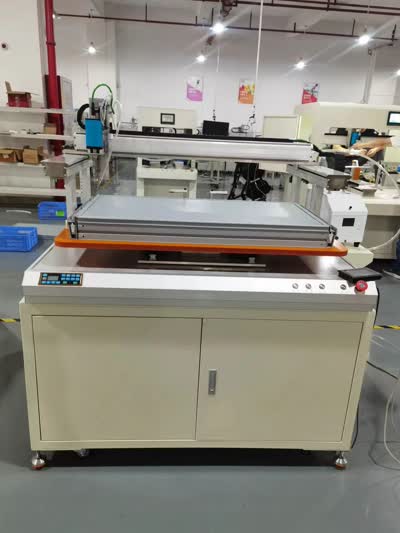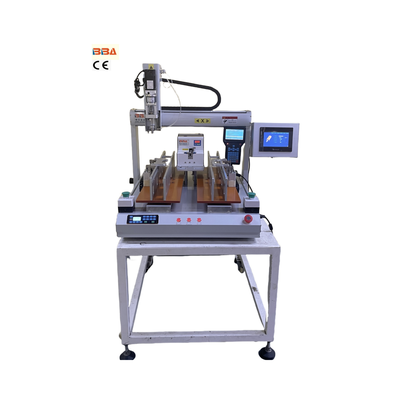Screw Driving Robots: Save 30% Time in Industrial Assembly | Automation Solutions
In today's fast-paced industrial landscape, efficiency is the key to staying competitive. One of the most time-consuming tasks in manufacturing and assembly lines is screw driving, a process that has traditionally relied on manual labor. However, with the advent of screw driving robots, companies are now achieving unprecedented levels of productivity. Our latest field results demonstrate a remarkable 30% time saved with the integration of these advanced robotic solutions.
Screw driving robots are designed to automate the repetitive and precise task of fastening screws, eliminating human error and reducing fatigue. These robots are equipped with high-torque motors, precision sensors, and intelligent software that ensures every screw is driven to the exact required specification. The result? Consistent quality, reduced rework, and significant time savings.
The 30% time-saving achievement is not just a theoretical claim—it’s backed by real-world data. In one of our recent deployments, a manufacturing facility reported a drastic reduction in assembly time after replacing manual screw driving with our robotic solution. The robots worked seamlessly alongside human operators, handling high-volume tasks with unmatched speed and accuracy. This not only accelerated production but also freed up employees to focus on more complex and value-added activities.
What makes screw driving robots so effective? Their versatility is a major factor. These robots can be programmed to handle a wide range of screw types, sizes, and materials, making them suitable for diverse industrial applications. Whether it's electronics assembly, automotive manufacturing, or heavy machinery production, screw driving robots adapt effortlessly to the task at hand. Additionally, their modular design allows for easy integration into existing production lines, minimizing downtime during installation.
Another critical advantage is the reduction in defects and errors. Manual screw driving is prone to inconsistencies, such as over-tightening or under-tightening, which can lead to product failures or recalls. Screw driving robots, on the other hand, apply the exact torque required every time, ensuring uniformity across all products. This level of precision translates to higher customer satisfaction and fewer warranty claims.
Beyond productivity and quality, screw driving robots also contribute to a safer working environment. Repetitive tasks like manual screw driving can cause strain injuries over time, leading to increased absenteeism and healthcare costs. By automating these tasks, companies can protect their workforce from unnecessary physical stress while maintaining high output levels.
The future of industrial automation is here, and screw driving robots are at the forefront. With a proven track record of saving 30% in assembly time, these robots are a game-changer for manufacturers looking to optimize their operations. As technology continues to evolve, we can expect even greater advancements in speed, precision, and adaptability, further solidifying the role of automation in modern industry.
If you're ready to revolutionize your production process and unlock new levels of efficiency, it's time to explore the potential of screw driving robots. The results speak for themselves—30% time saved is just the beginning.
| Product Name | Applicable industries |
| Desktop Screwdriver Robot | Telecommunication Equipment Assembly |



